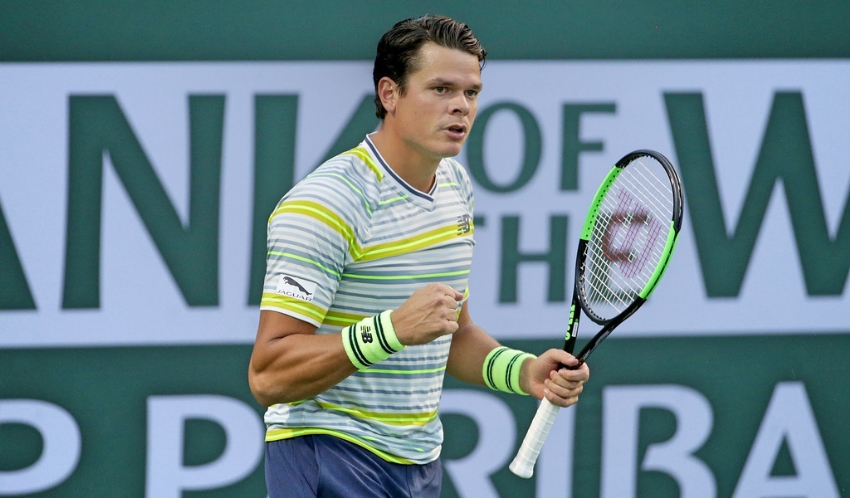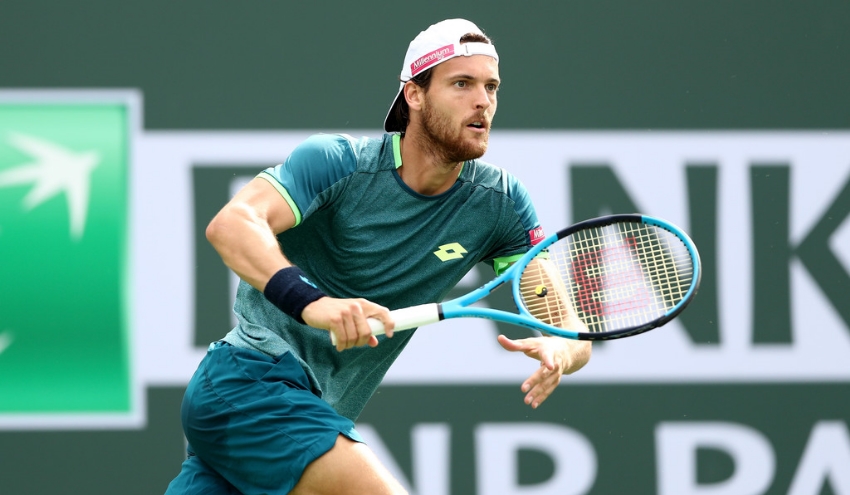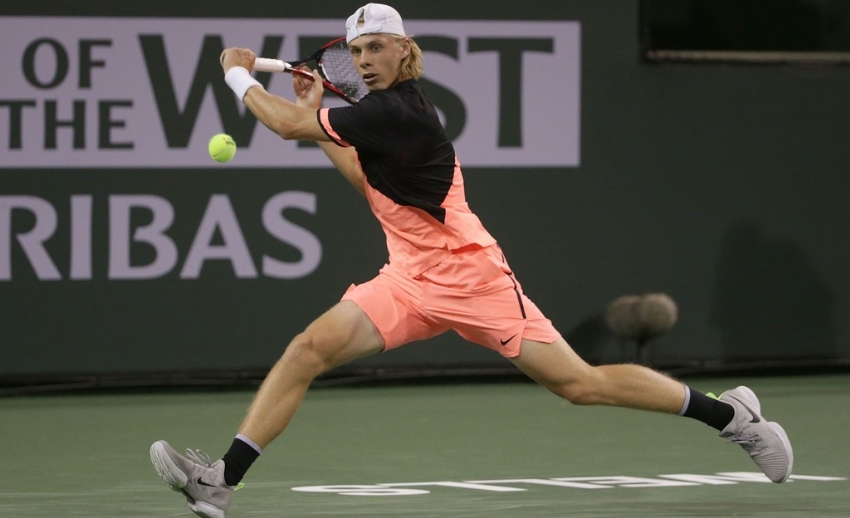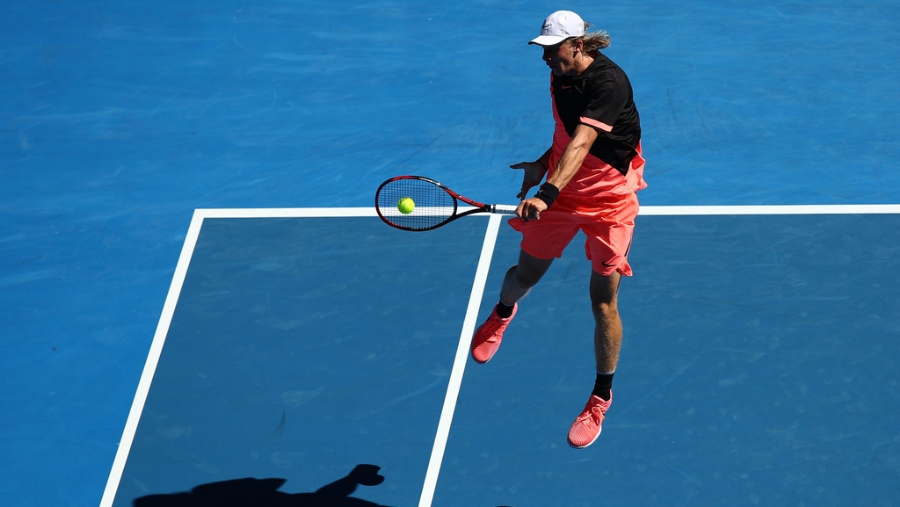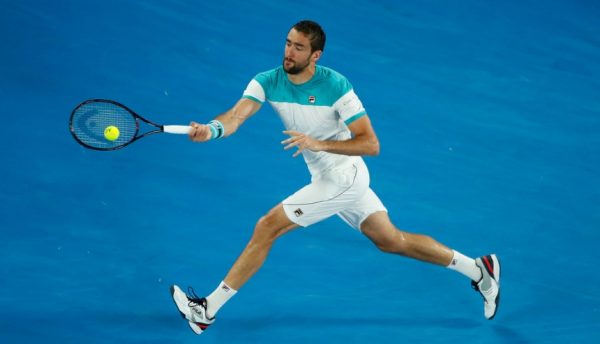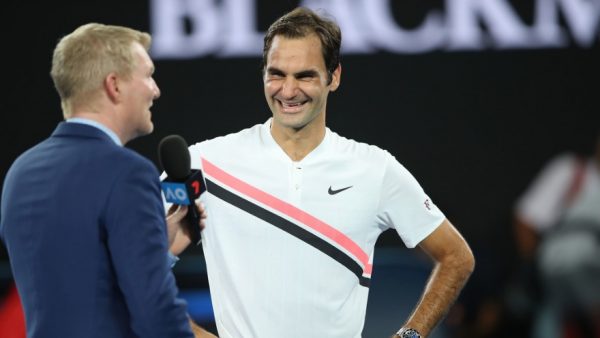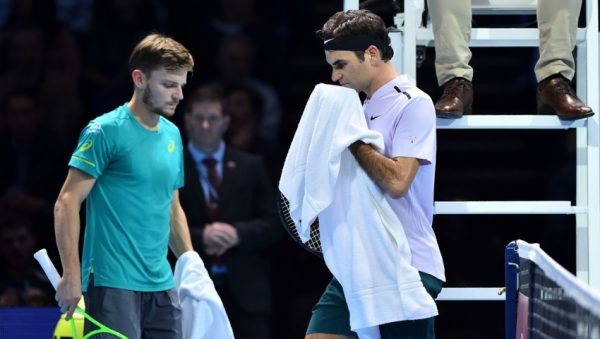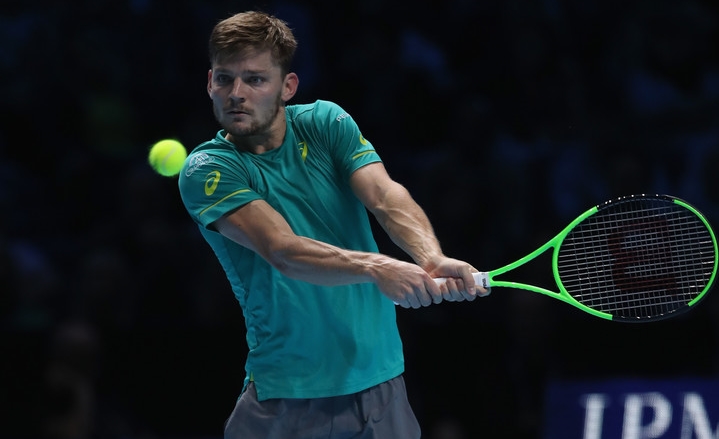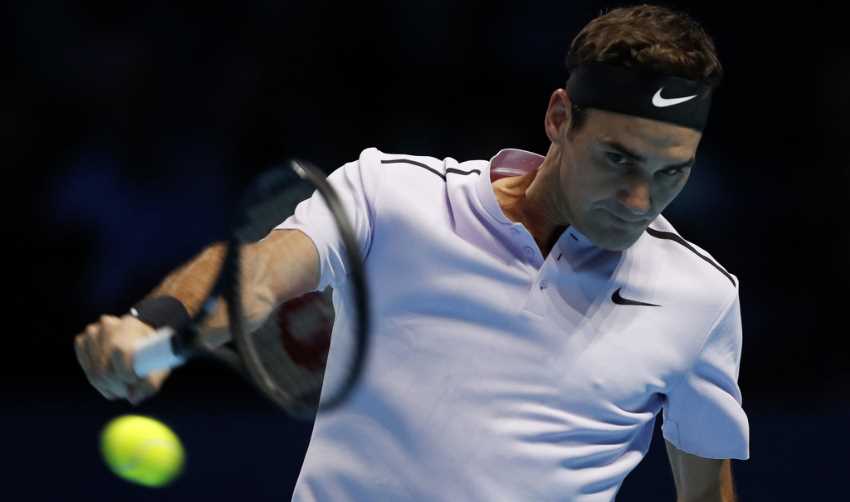Assuming you have some knowledge of these two players’ games and you only see the final score of the match, you probably thought that it was a straight-forward affair. In other words, you probably thought that Diego Schwartzman remained solid from the baseline and Jarry, unable to penetrate his opponent’s armor, committed many errors and faded away as the match progressed.

You would not be wrong. In fact, you may be understating the facts of this 67-minute-long encounter. Jarry did indeed commit 44 unforced errors vs 7 by Schwartzman – no, I do not include double faults in the unforced-error count, thank you very much. Yet, every match has a story, and this one also contains some nuances that go deeper than what the score and stats show.
One of those nuances is the underrated IQ of Schwartzman. Yes, it was a good match-up for Diego. His strength is comprised of footwork, returns, and baseline consistency. What better player to face for him than one that depends on big shots, big serves, but at the same time, one that is prone to errors if he must produce them continually? Jarry happens to be one of those types of opponents.
Yet, every match begins at 0-0 and you have to incorporate those advantages into the early points of the match to set the tone for later. If you don’t come out sharp mentally and your big-hitting opponent gets ahead and builds confidence, he can overpower you with winners. Jarry also happens to be one of those types of opponents.
The Chilean has been on the rise as of late and came into this tournaments in good form. Having concluded 2017 at number 100, his 2018 has been nothing but stellar, placing him at number 65 as the Miami Open began.
It would have most likely been enough for Schwartzman to keep his errors to a minimum, even if Jarry had started on a high note. As long as his baseline game remained solid, he would eventually wear the Chilean down and win the points that mattered. The score would have been closer, but he would have grabbed the victory. Well, he had the clarity to go beyond that which would have been enough.
He made adjustments in small doses, beginning as early as in the first game, while remaining loyal to his overall plan A. The goal was to get doubt to creep in Jarry’s mind early, thus not having to depend on a clutch point or two later to break the match free. Credit to Schwartzman for having done exactly that.
Jarry started the match serving. He went up 40-30, thanks largely to his big first serves and/or the use of 1-2 punch thanks to those serves. Diego’s returns were not particularly bad, but Jarry’s plan was crystal clear. He needed to put the heat on Schwartzman immediately and force him to do more than just keep the play in play. This plan played into Jarry’s strengths, on paper at least. He can create openings with his powerful forehand and his flat backhand. He can also serve big, as well as vary his spots in the box.
The problem is, as noted before, Schwartzman has one of the best returns in the ATP and two of the fastest legs on the tour. To make matters worse, he can counter-punch from defensive positions better than the majority of the ATP field. And boy, did he ever put those skills to use as soon as the match started.
Schwartzman quickly realized that he needed to stop Jarry from taking charge after the serve. He began to go for his returns. It may have seemed like the obvious thing to do, but Schwartzman specifically looked to land the return close to the baseline, and at a higher pace (at the cost of missing one or two), to catch Jarry off-guard and make him take a few steps back in a hurry. He sent a message to Jarry that the Chilean could not simply serve and prepare for the next shot inside the baseline. He wanted to take away the 1-2 punch from Jarry. It worked. He kept Jarry at bay, on the baseline, and made him have to force the issue from there. Jarry erred on a couple of shots, and before he knew it, Schwartzman had stolen the game from him.
The first task was completed. For a player like Jarry who considers his serve as one of his main weapons, getting broken on the first game of the match surely caused a significant dent in his confidence. Schwartzman, for his part, still needed to confirm the break to complete the second half of that step.
At 1-0, he went up 30-15 but committed two double-faults to go down a break point. On the break point, Schwartzman did not dwell on those two double faults that seemed to come out of nowhere. He focused and went back to basics. He got the serve in and forced Jarry to engage in a long rally. It ended with the latter committing the error. Two points later, Schwartzman held serve and confirmed the break. He was now up 2-0 without even having performed at his best.
Still only down a break, Jarry pressed on. To get an idea of the mountain he already had to climb, watch the first and third points of the ensuing 2-0 game. In the first point, Jarry attempted several risky shots to put Schwartzman under pressure, but the Argentine not only got all of his opponents’ shots back but added some extra sauce on them. The rally ended with Jarry’s error. In the third point, Jarry put in an impressive serve and stepped into the court, expecting a weak return. Schwartzman returned deep, pushed Jarry back behind the baseline, and eventually won the point from the baseline on a Jarry error once again.
These details were bound to mess with Jarry’s mental sharpness. I mean, what did he have to do in order to put together a successful string of games and get back in the match? And that is where this particular match-up problem rises to the surface. Jarry, as his game stands now, even with the confidence built on the improved results of late, simply does not have many options other than to keep pressing a pesky opponent like Schwartzman. He must continue to take risks and push the envelope.
To his credit, Jarry did seek solutions. He added some backhand slices to change the pace during rallies, hoping that Schwartzman may give him a short ball to work with. He opted for the drop shot a few times, like in the first point of the 3-1 game, looking to bring Diego to the net. In fact, that whole 3-1 game is the second (and last) example among many that I am willing to give in this piece if you are interested in seeing just how much Jarry had to work – and risk – just to earn a point from Schwartzman.
A last glimmer of hope appeared for Jarry when he broke Schwartzman’s serve, on his fourth break-point opportunity, after a contested sixth game that included a few uncharacteristic errors by the Argentine. Jarry’s hopes were quickly dashed, however, when Diego rose to the challenge and played his best return game of the match.
Once Schwartzman held to go up 5-3, you could tell that Jarry’s resolve had taken a substantial hit. Not only was Schwartzman performing at a higher level better than in the beginning of the match, but he was also limiting Jarry’s options in the process, thus chipping away at the Chilean’s belief.
Jarry’s footwork in the 5-3 game looked like one that belonged to someone who felt dejected. He made a terrible drop-shot attempt on the first point, followed it with two forehand unforced errors on the second and third points. Then, he missed a volley on the 15-40 point to lose the set 6-3.
The second set followed more or less the same pattern. Schwartzman had apparently done the bulk of his work in the first seven games of the match. He never deviated from his successful plan while Jarry kept pounding and missing.
The match ended 6-3 6-1 in Schwartzman’s favor in one hour and 17 minutes, but this loss should by no means diminish what Jarry had accomplished so far this year. The Chilean’s game has the make-up necessary to climb up the rankings. If Jarry ever needed clarity on what he needs to work to reach the next step in his progress, he could not have asked for a better feedback than this match. Schwartzman presented him with the type of barriers that he will need to overcome before turning a veritable threat to the higher-ranked players.
In the next round, Schwartzman will take on the Canadian Milos Raonic.

